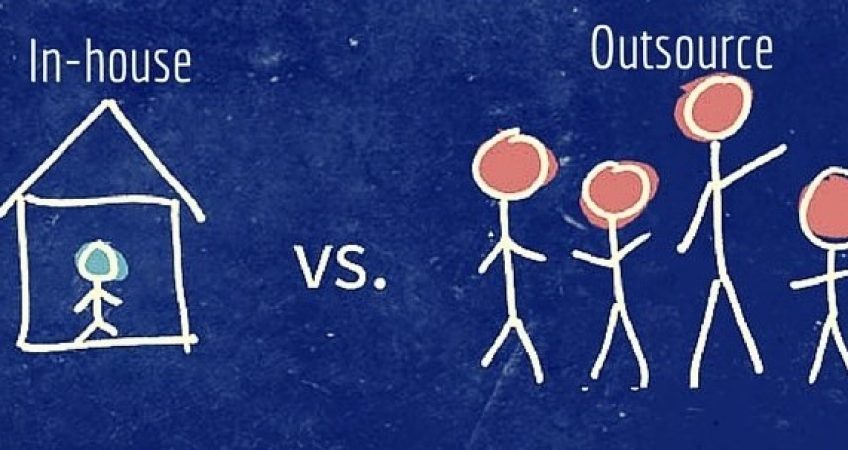Building Information Modeling (BIM) is an integral part of 21st-century construction projects. Construction companies often have to decide whether to create a BIM department or outsource the task to a BIM service company.
A straightforward solution doesn’t exist. The choice depends on many factors that each company needs to evaluate for itself. Let’s take a look at what to consider when debating an in-house BIM department vs a BIM service company.
1. Costs
Cost is usually the first factor considered by the majority of construction companies, especially if they are new on the market. By itself, BIM is complicated and time-consuming. It requires a team of experts, including architects and developers.
Some companies believe that hiring an in-house specialist is a less costly solution. However, they have to consider such expenses as:
· Payroll – you would need to pay salaries to several specialists.
· Training – no matter how qualified your in-house team initially is, with time, you would need to invest time and money in training and qualification.
· Equipment and software – to allow your BIM department to work properly, you would need to invest in expensive equipment and software.
· Rent – to make room for another team, you may need to move to another office.
Overall, the in-house BIM department is likely to be more expensive than outsourcing. For small construction companies, hiring these specialists could be out of the question. However, large companies may want to consider supporting such a department.
2. Control
When you outsource your BIM tasks to another company, you rarely have full control of the process. Simply because the team is located in another office, you can’t walk up to the specialist and ask questions on the spot.
Even though the latest communication technologies make it easy to maintain close contact between departments, it’s hard to beat the in-house proximity
Many construction companies prefer working with an in-house BIM department because they want to maintain full control of the process. BIM requires stellar communication between various departments and the client. Arranging meetings is much easier when the team is located in the same office as the rest of the construction experts.
3. Specialists
A top-notch BIM department should have at least two skilled BIM design specialists. While you may want to hire just one to cut costs, you would simply slow down the process. Depending on the scale of the projects your company is working with, you can either hire 2 or 10 specialists.
Each in-house specialist comes with a variety of expenses described above. Each employee is a serious investment, which may not prove to have a good ROI. Today, BIM design experts are in high demand.
Meanwhile, 31% of employees quit their jobs within 45 days from starting it. The costs of replacing an employee are rather high. By hiring an in-house team, you need to be aware of the risks that come with it.
According to the founders of a BIM services company, VIATechnik, by outsourcing the BIM tasks, you are minimizing risks and reducing costs of maintaining a BIM department.
4. Speed
BIM projects are always urgent. That’s why construction companies worry about how quickly the BIM design expert can deliver. When you outsource the BIM project, the company can have several specialists working on it, thus speeding up the process.
On the other hand, your in-house team has a better understanding of the project. You wouldn’t need to spend extra time explaining the objectives and waiting for the specialists to become fully acquainted with the requirements.
When it comes to speeding up the process, you can often benefit from hiring an in-house team. However, a small BIM department can’t always handle the project faster than a large third-party team.
5. Quality
Top-notch building information modeling is always in demand. Would you get higher quality by hiring an in-house department or outsourcing the task? It’s always hard to tell.
If you decide to outsource, you can browse previous projects and speak to existing clients. For an in-house team, it’s also possible to screen candidates carefully. In the end, both options come with risks and benefits.
The Takeaway
The decision to outsource BIM vs hiring an in-house team is often hard to make. If you are a large company, which is ready to support a BIM team, in-house hires may be a way to go. For smaller companies with tighter budgets, outsourcing can prove to be beneficial.







